Become part of a global cause
Join a community of passionate individuals, educational institutions and world-class companies to fight the global sanitation crisis together.
What drives us
To provide a safe and affordable sanitation system for every home in rural areas. We connect people all over the world who adapt the system to their region and needs.
Film by Dylan George
Fighting the world sanitation crisis together
Sanitation saves lives, but billions of people live without access to even the most basic sanitation services. Globally, 61% of the population (4.5 billion people) lack “safely managed sanitation” – meaning access to a toilet or latrine that leads to treatment or safe disposal of human waste.*
In Indonesia alone, where the “Safe Water Gardens” project originates, 370 children under the age of 5 die from contact with contaminated water every day.**
* WHO/UNICEF Joint Monitoring Program 2017
** UNICEF report Oct 2016
Make a difference and help a family with safe sanitation
Being part of our Safe Water Garden crowd-sourcing initiative means you support a village family in Indonesia and you will be recognized as an official project sponsor.
What you can expect from begin a part of this initiative
- We will introduce you to the local family you are supporting
- You will receive photos of the progress of the project, including a plaque that recognizes you as the official sponsor
- We will list your Safe Water Garden with GPS coordinates on Google Maps
- You will receive exclusive updates on the Safe Water Gardens initiative through our special sponsorship newsletter
- You are cordially invited to participate in the construction of your Safe Water Garden (if you wish, duration: 1/2 day work)
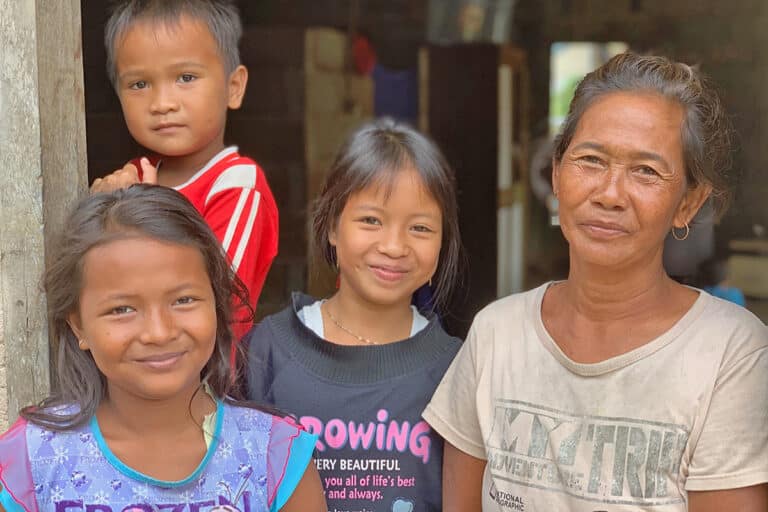
Your crowd-sourced Safe Water Garden makes an impact
A scalable sewage treatment system that suits individual households and small community centers like rural schools
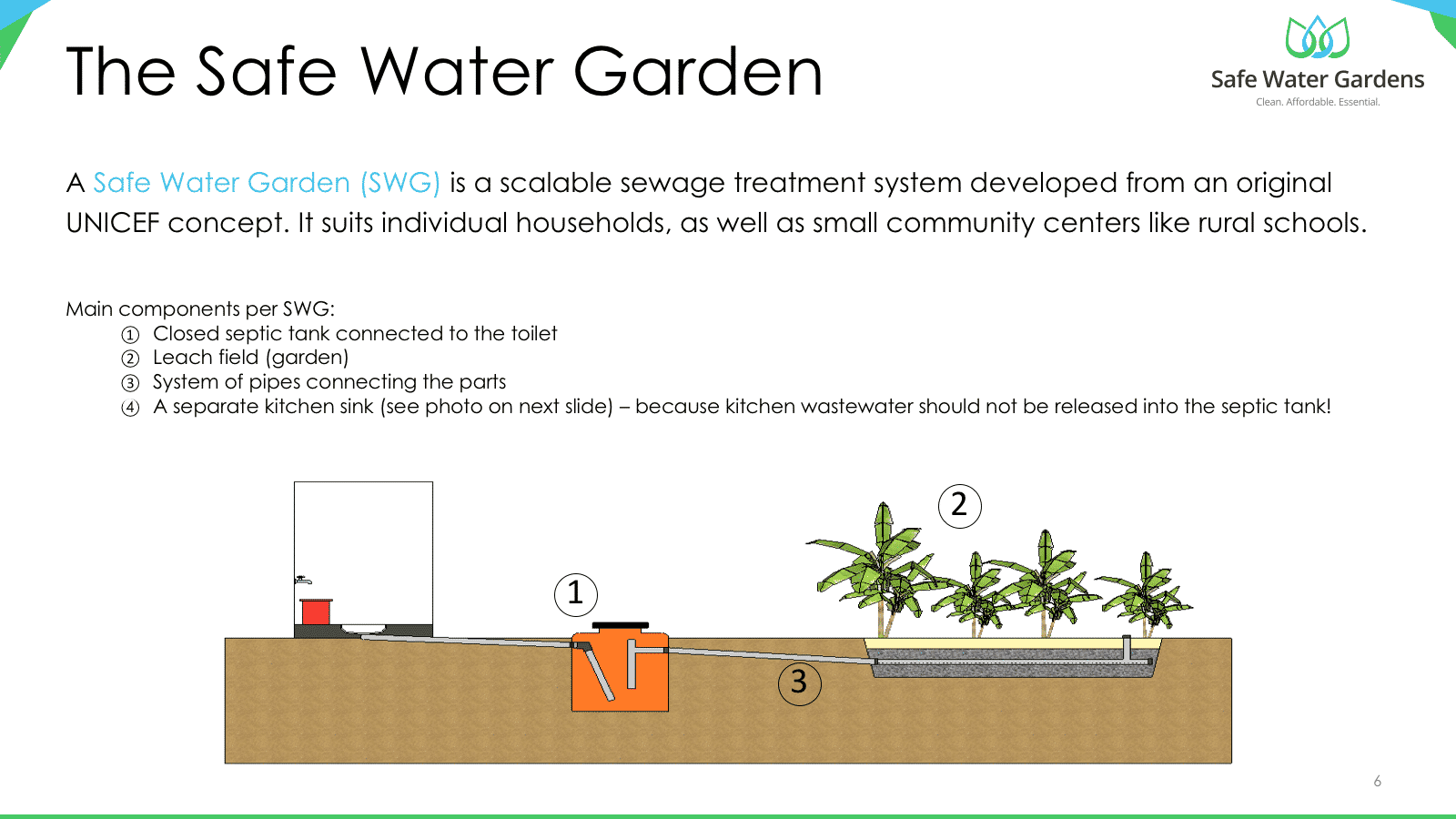
Basic schematic model of Safe Water Garden
Prevents diseases that originate from contact with wastewater
Highly affordable and promotes local ownership
Improves life quality and social status - and positively impact the environment
Contributes to food production and generates revenue
Questions and answers
The Safe Water Gardens were built upon a successful concept developed by UNICEF, GTZ, Red Cross and others following the 2004 Aceh Tsunami.
Under research guidance by four respected universities, we optimized the original UNICEF models. In addition, guests of LooLa Adventure Resort (the initiator of the project) have built more than 450 Safe Water Gardens in village homes and village schools since 2014. Further units were built near Universitas Gadjah Mada (one of our research partners) and in Belitung (near the plantations of Sinar Mas, one of our supporters from the palm oil industry).
Over a period of more than four years, we have observed that the Safe Water Garden – provided it is correctly built and the user makes no obvious errors – delivers exactly according to expectations without a single fail.
When our research teams went back to Aceh to see how the original UNICEF models had fared, this conclusion was further bolstered.
The key materials in a Safe Water Garden are gravel, sand and plastics. The plastic parts essentially last many generations, as long as they are all buried underground (as they should be). Gravel and sand also last practically forever, so all materials last at least a lifetime.
The systems are maintenance-free if used correctly (and they are very easy to repair if the user did make a mistake). That gives us a system with components that easily last a lifetime without requiring maintenance.
One of the biggest criticism of plastic is that it lasts forever. For a sanitation system, however, this is a much desired quality: a system that lasts forever and that, even if it is abandoned, does not harm the environment.
Plastic does this and it is hence ideal, and certainly much better than the traditional septic tanks that involve cement, which does degrade and harm the environment in the process.
When it comes to water, people from developed nations often believe that access to clean water is the biggest problem in the developing world. While this may well be true in parts of Africa, India and elsewhere, in South East Asia it is sanitation that is the big issue.
To put it in economic numbers: families can boil their drinking water from the well for around US$ 2 per month, or, if they have a bit more money, they can buy bottled drinking water for about US$ 4 per month. Either way, this amounts to a cost of about 1% of household income.
By contrast, the existing sanitation systems cost a family typically around 10% of income: medical care may be free in Indonesia, but the transport to the hospital of a sick child is not free, and if the parents can’t work that day, it will cost them their daily wages.
In general, no matter how good a sanitation system is, it will never be able to guarantee that the well is safe to drink from: There could be dead rats or frogs in wells, so local people know that no matter what, the well water always needs to be boiled before drinking it or using it in food preparation.
There have been some unexpected medical benefits from the Safe Water Gardens on well water, however: around 20% of SWG owners in Bintan island report that their young children no longer suffer from rashes after bathing. There is reason to believe that, compared to the traditional systems, the Safe Water Gardens reduce the amount of organic compounds (such as unprocessed medicines) in the wells, some of which may cause rashes and other illnesses.
So, while the Safe Water Gardens have no effect on access to clean drinking water, they have a number of highly significant benefits for health.
As a sanitation solution, the Safe Water Gardens are simply the best solution on a village level, short of a very expensive complex engineering solution.
We have worked hard over the years to make the concept ever more simple, leveraging on locally available building materials, and we now have a lego-like construction that can be put together in as little as half a day, even by school children, companies or visiting families (watch our video on this page).
There are still options for further (cost)optimization. For example the plastic drums we use could be made cheaper, plus it would be great if plastic parts could be pre-produced rather than having to drill holes and glue parts together. Furthermore, it would be great if we could use flexible pipes rather than rigid PVC pipes, and such flexible pipes would become economic if produced on a large scale (our plastic partner Borouge is helping us with all this).
Our partners and well-wishers have contributed many ideas to the open source solution that is the Safe Water Gardens project, and this process will continue.
At the moment, while we are building more national capacity for people around Indonesia to build their own Safe Water Gardens, most knowledge on how to build them successfully can be found in Bintan – notably with LooLa’s staff, who have helped build more than 450 Safe Water Gardens so far.
So for the moment, it is most likely that the beneficiary family will be located in Bintan (but in the near future, this will change as more communities around Indonesia will have the capacity to build their own Safe Water Gardens).
Local village chiefs help LooLa identify the families most in need. Most of the money you contribute will then go into preparing the local family and constructing their Safe Water Garden and informing you of the result, but some of the money is used to pay for ongoing research, advocacy, geo-mapping, website development and administration costs. You will receive a service contract for the SWGs you contribute, which includes the name of the benefiting families and their precise addresses, as well as photos of the completed systems.
If we reach our target of a 100 million Safe Water Gardens within the next few years (through teaching communities to build their own Safe Water Gardens), the idea is that our organization will have needed less than 5 cents per garden.
Meanwhile, we will keep you informed on this website of the results on ongoing social and bio-chemical research.
The materials used in the Safe Water Gardens will last many generations. If the owner does not make mistakes such as flushing plastic into the system, the Safe Water Garden has proved to be maintenance-free and fully capable of doing its job as a sanitation system. And even if the owner does make a mistake, the system is set up in such a way that it is very easy to fix.
In addition to the advantages the Safe Water Garden offers as a sanitation system, it also offers the owners an opportunity to start growing crops in their garden. If they don’t take that opportunity, the Safe Water Garden will still be fully functional as a sanitation system, but the owners will lose out on an additional economic benefit.
We hope that people will make the most of their Safe Water Gardens and inspire each other to grow crops – and experience shows that the majority of people do so – but we can’t dictate their behaviour. So in summary, as a sanitation system, the Safe Water Garden should last many lifetimes, but we cannot guarantee that local people will use their garden for crop production.
That’s very simple: Show interest in the family you have sponsored!
The recipient family feels profoundly grateful that some people they had no prior relation with have paid for the construction of their sanitation system. If the recipient family knows that you are keen to receive some news from time to time, it will provide them with a significant incentive to show you a successful garden.
That is great, because in our view, a successful garden (which generates cash crops) has many other self-stimulating positive spin-offs in terms of well-being.
We have observed that, after receiving an Safe Water Garden and seeing that the garden can produce crops, many households have started to clean up their gardens, remove plastic and other rubbish, and plant flowers instead. Such beautification of the house leads to higher self-esteem and helps make village people realize that life in the villages is actually often preferable to living in cities.
Once villagers have schools, electricity and medical facilities (as they now often have in Indonesia), and they then also have good sanitation and access to water (as you have helped them with), a realization dawns that life in villages – where people have their own houses with gardens – is preferable to living in cities.
If you could put in a personal visit, that would be awesome, but staying in touch via Facebook or WhatsApp (Indonesians love social media; they are the highest users of Facebook per capita in the world!) is already a very good thing. It will stimulate local people to make the garden look the best it can be, which is ultimately in everyone’s best interest.
We are thankful for the organizations working with us
From early supporters to deployment partners to medium-sized companies and multinational corporations, we pride ourselves on working with each and every one of our partners.

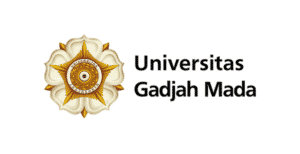
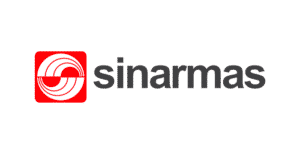
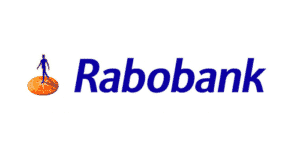

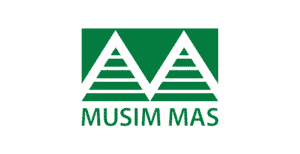
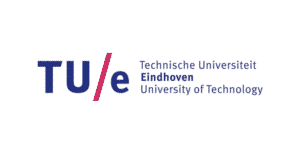

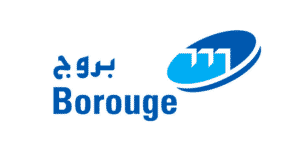
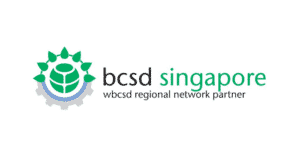




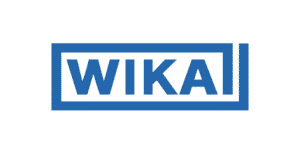


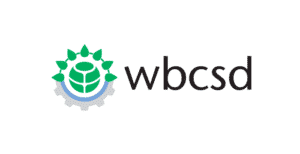
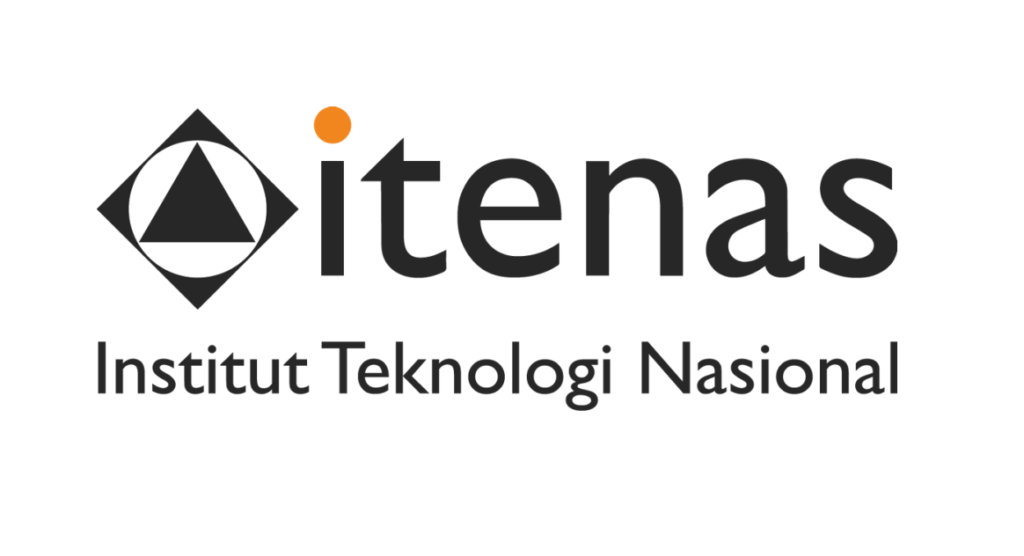
Transform a family's life
Build an entire Safe Water Garden for one family (US$ 1,500 per SWG), or contribute in any amount through crowd-sourcing.
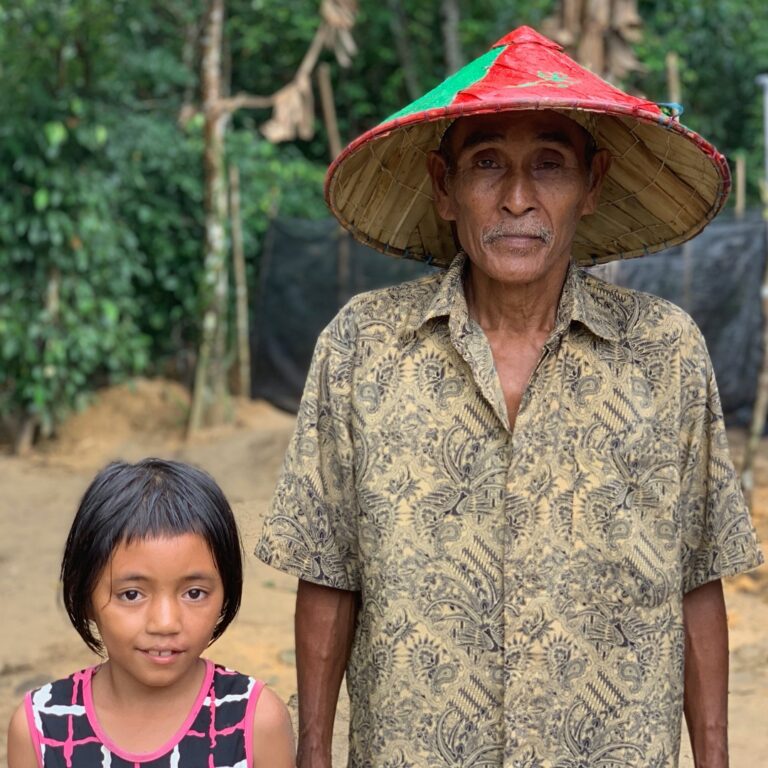
Special event
We are currently aiming to supply an entire village – the SWG pilot village – with SWGs, by teaching the villagers how to construct their own SWG. The SWG pilot village, which will demonstrate that local people can be fully empowered, is a key step towards our aim to see SWGs in all villages.
Be a part of the very first whole village to receive Safe Water Gardens
After 3 years of research by top universities, we are ready to engage the power of community self-help mechanisms to start rolling out Safe Water Gardens.
Our impact
We have constructed hundreds of successful projects across Indonesia and Shell is busy designing a construction manual that will be accessible even to people who are not literate. Now the time has come to show that an entire village can equip itself with Safe Water Gardens, so that other villages across Indonesia can follow suit.
Why we need your help
If we can crowd-source a hundred times US$ 1,500 for a 100 Safe Water Gardens, we can…
- prepare the pilot village
- run the necessary trainings
- let the village people complete the construction of one Safe Water Garden per household for a whole village (under ongoing monitoring)
- report back to you – our sponsors – in full, during and after the project
Feeling active? Come and help us dig!
The pilot village project is just a stone throw from Singapore, in Bintan, and you are very welcome to help construct the SWG that you are sponsoring. Half a day is all it takes! Even if you can’t make it over, we will put a plaque with the name(s) of the sponsor, you will receive photos of “your” Safe Water Garden and the recipient family, you will know exactly where the family is located, you could contact them and you could visit them any time – and we hope you will!